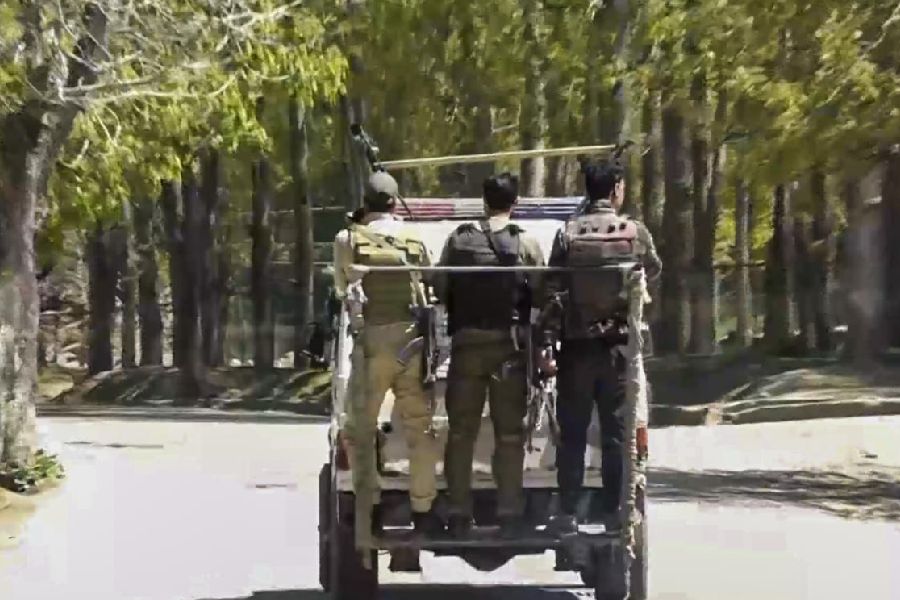 |
The Salga tree, or the Boswellia Serrata is a part-and-parcel of everyday life in rural Jharkhand. The popularity and importance of the Salga in Jharkhand can be gauged from the fact that many villages like Salga-dih, Jug-salai and even Salai Banwa near Garhwa, the railway station, have been named after it.
Salga or as the Oraon people call it ? ?Salahi-mann? is also known as ?Salga daru? among the Mundas. Its botanical name is Boswellia Serrata.
The tree is better known for yielding a type of Indian frankincense or the loban. Loban ? is a golden-yellow, transparent and fragrant resin that oozes out of the tree. People of all religions, during worship, have used the Salga tree-resin as incense. In fact, its popularity has given it a particular name in the state ? ?Salai Guggul?.
It seems that no house in Jharkhand is complete without the Salga tree in its courtyard. Villagers have often planted it because of its numerous uses in daily life.
The most attractive aspect of the Salga is its tenacity. It requires no special care or extra water to survive the often-harsh climes of Jharkhand.
This small tree is often used as a fence around the kitchen garden. Similarly, it is the popular choice among farmers and is used to line the fields.
Because of its convenient height, it does not cast any shadow over the crops, allowing adequate sunlight.
It is a plant that grows faster than the rest of the local trees. Thereby it fulfils the need of fuel, of the rural people.
Once the branches are cut for fuel, secondary branches grow very quickly and within a year they are ready for use. One of its major characteristics is that it does not require a large quantity of water and is usually planted in mid-summer. And the process of planting is pretty simple, a branch is cut and planted in the soil.
The Salga, can be grown in any type of soil and wherever there is minimum moisture. People often plant a forked and mature branch near the village well.
This fork serves a dual purpose. It can be used as the base for the pulley used to draw water from the well. As time passes the branch grows in to a live tree and acts as permanent pillar.
Popular notion is that the Salga, is not attacked by termite and insects. In fact the twigs are kept as hooks in cattle houses to act as a repellent for flies and mosquitoes. Experts believe that the presence of a particular chemical, Boswellic acid, is partly responsible for this characteristic.
There are also many legends and myths surrounding the plant.
It is said that charcoal obtained from burning the wood was used as an ingredient to make gun-powder in ancient times.
To add to all the above virtues, nature has bestowed the Salga tree with a few more uses.
The plant has some medicinal properties. Rajender Mahto, a herbal practitioner from Kadamdih, Bundu, suggests a paste of its bark to treat ordinary wounds. He also uses a concoction of the same paste to fill cavities. Salai guggul, as the paste is called, brings relief to patients suffering from toothache.
Villagers also use the Salga twig as ?datun? or toothbrush and as a cure for pyorrhea.
Texts suggest that Salai guggul is also helpful in the cure of gout and joint pains. The uses cannot be brushed aside as quack beliefs.
Nowadays, many medicine companies are using Salai guggul as one of the ingredient in their medicine for ?gout? or rheumatism and other joint pains.
In spite of its numerous uses it is disheartening to see that there are no systems, as of yet, in Jharkhand to collect such an important by product from forest.
Had it been given due attention, this plant would have definitely proved as an effective source of employment and revenue.
Sudhanshu and Bandana
P.P.K. College, Bundu










